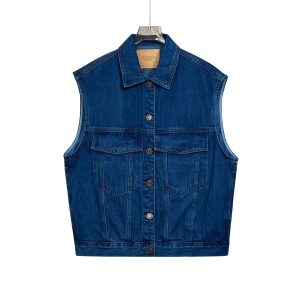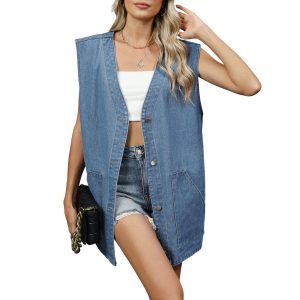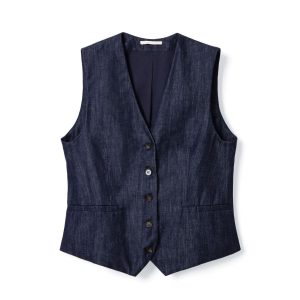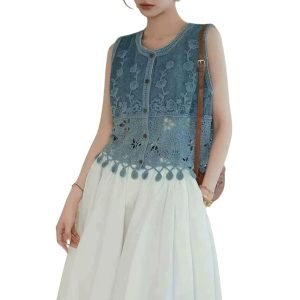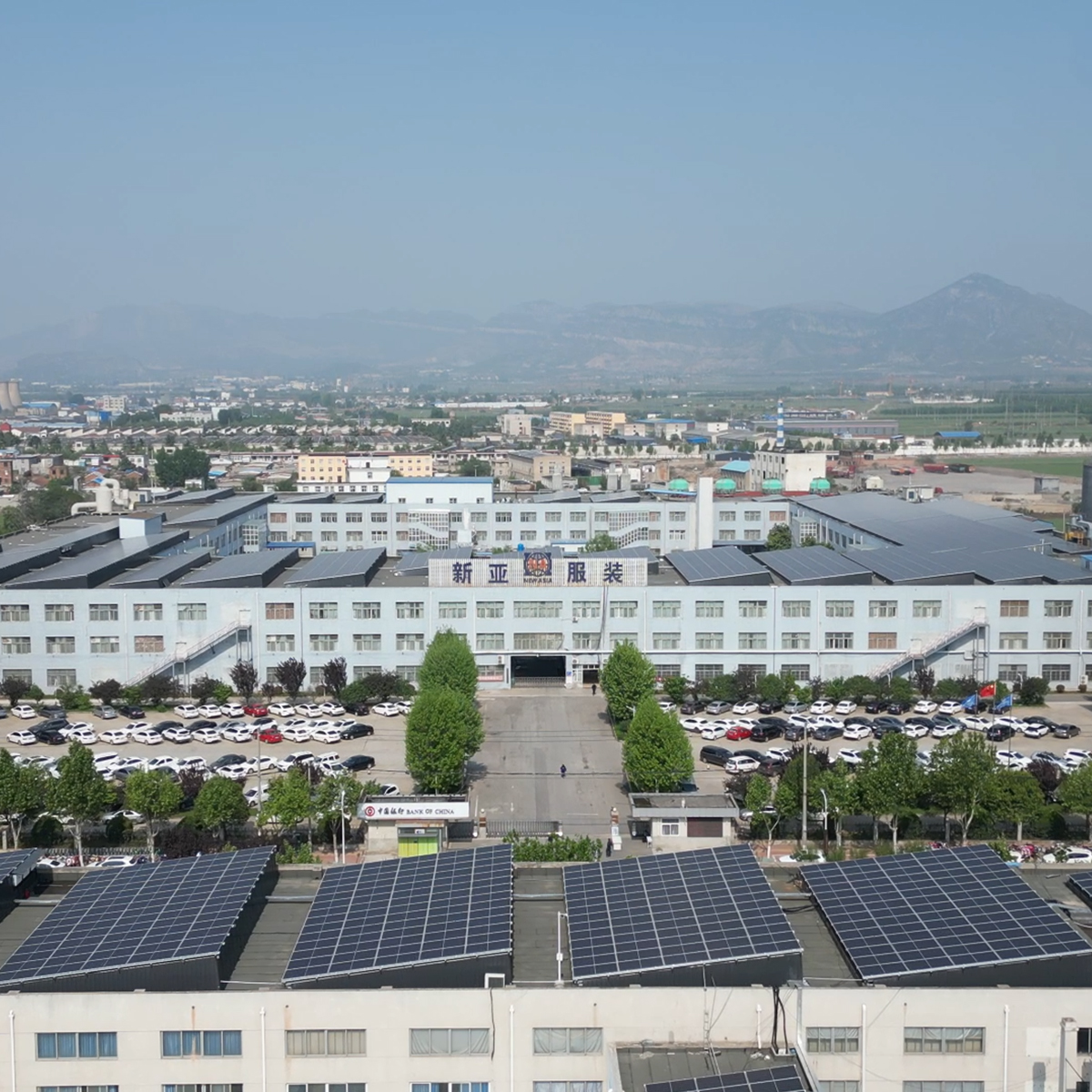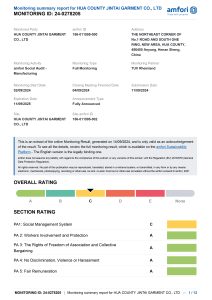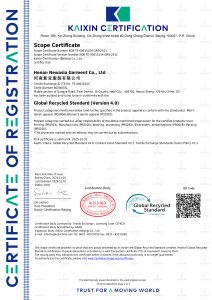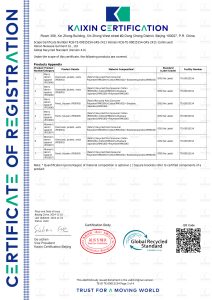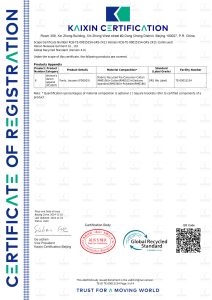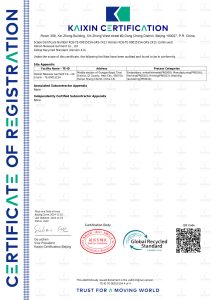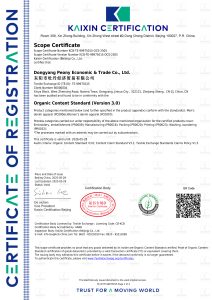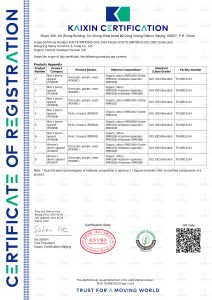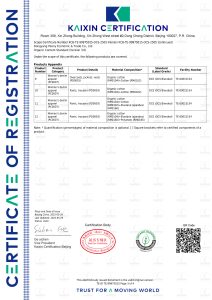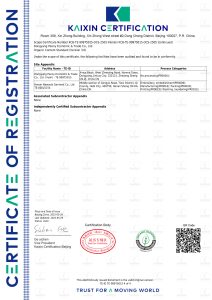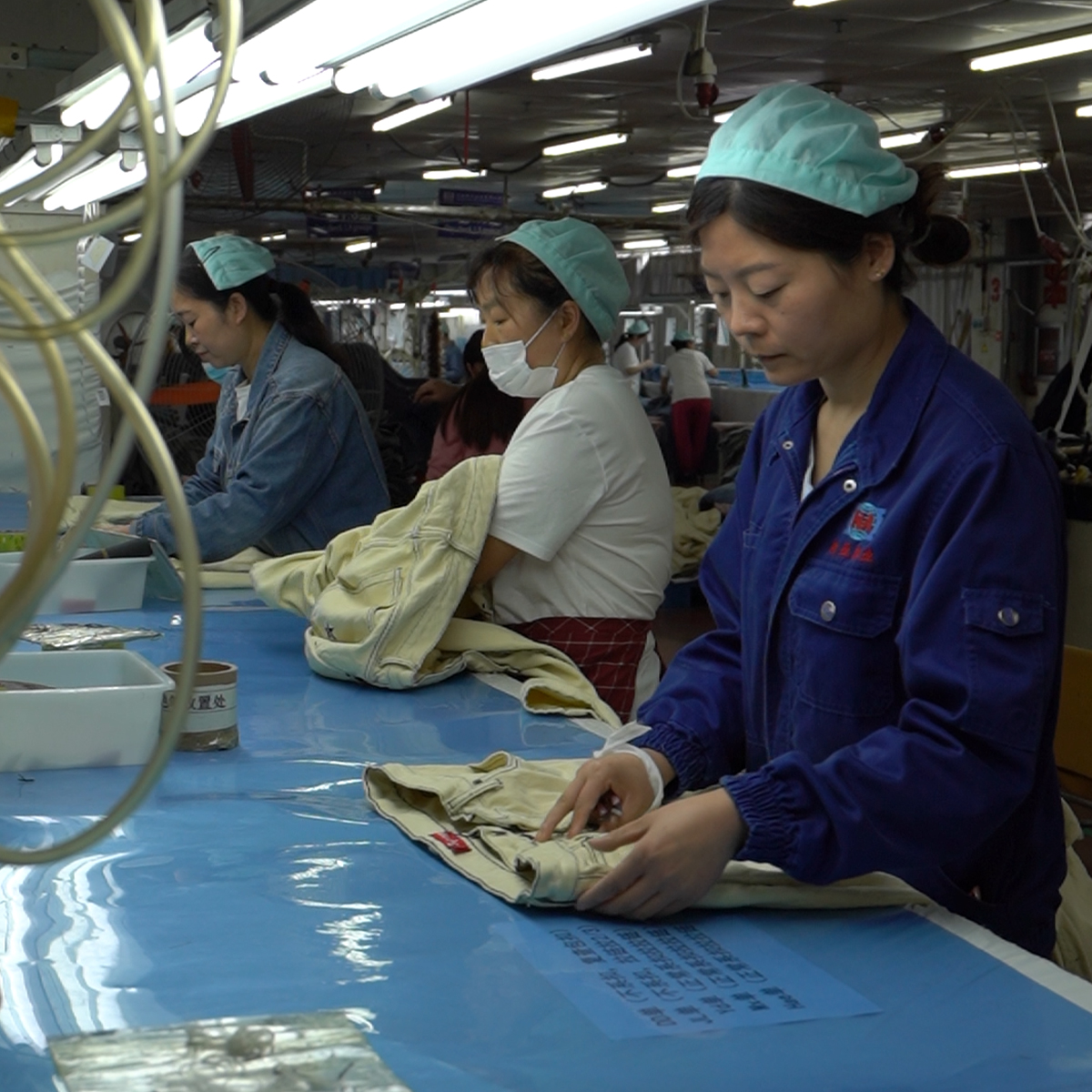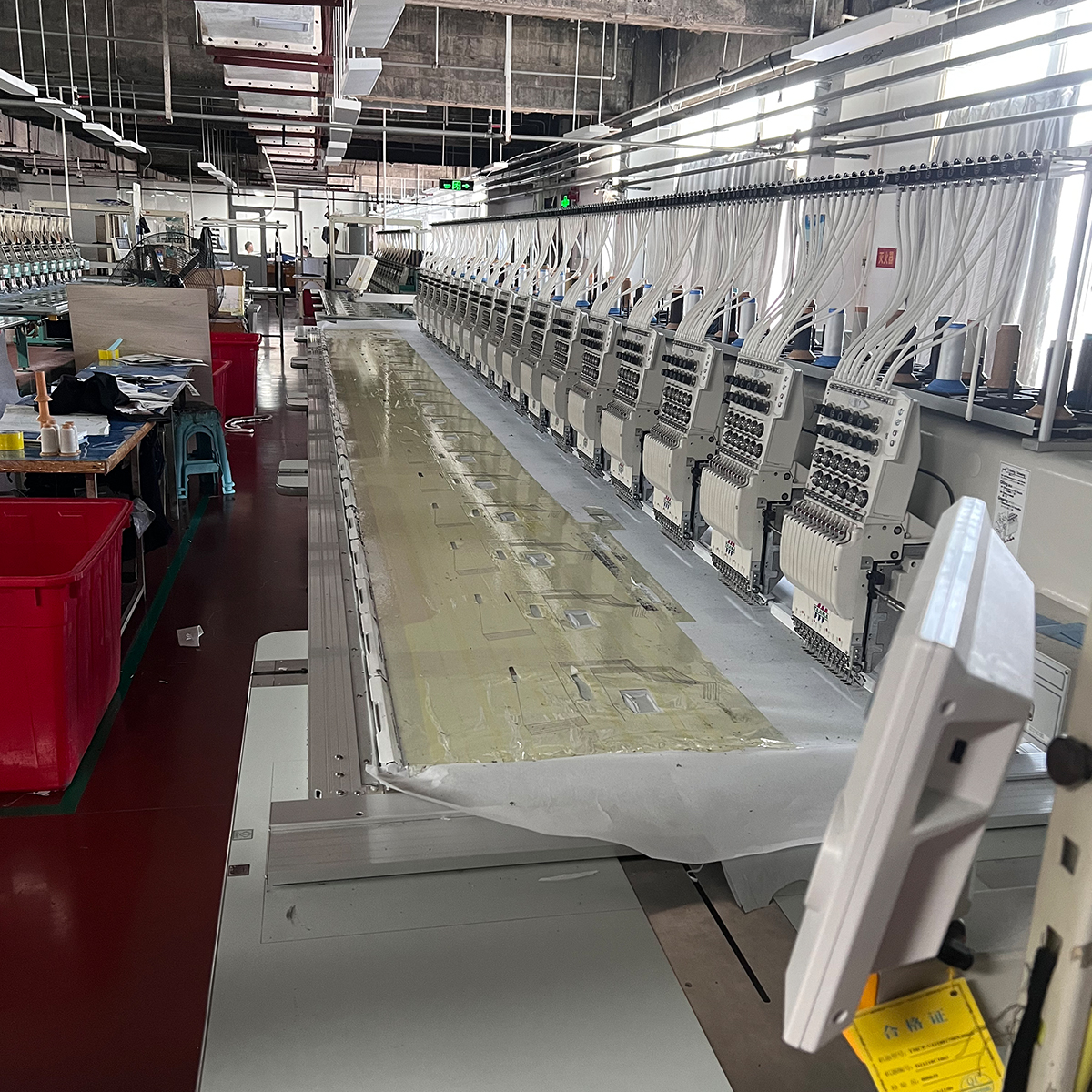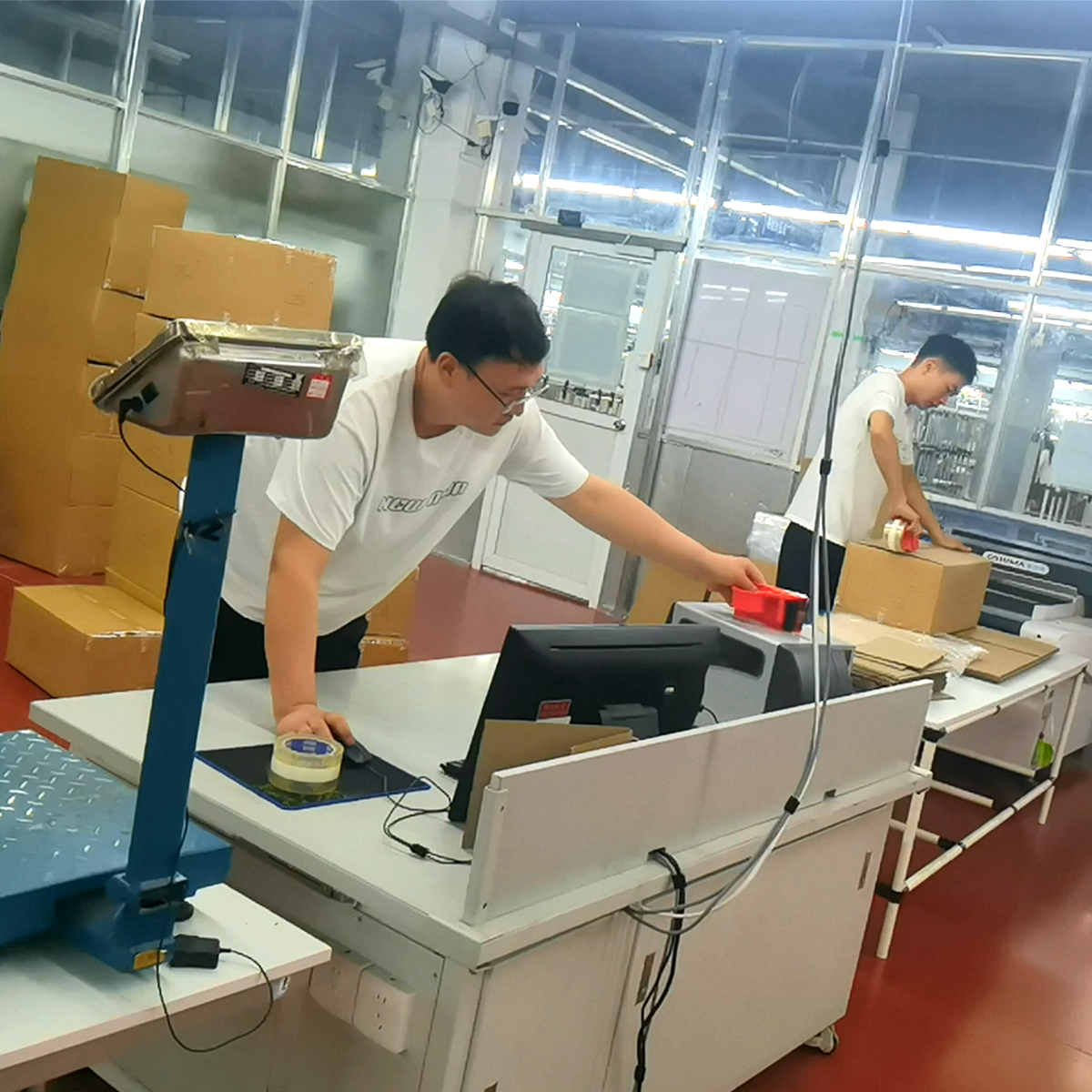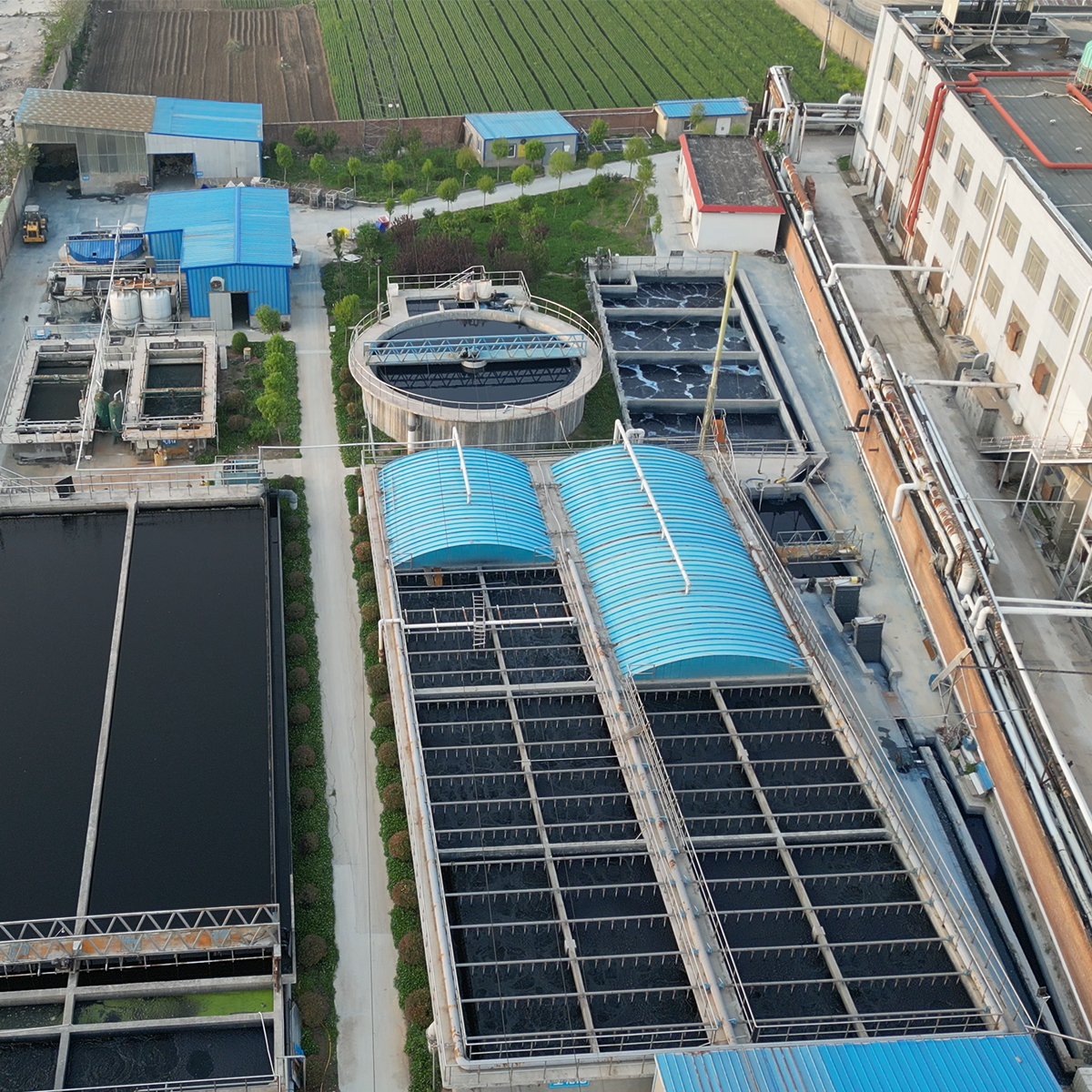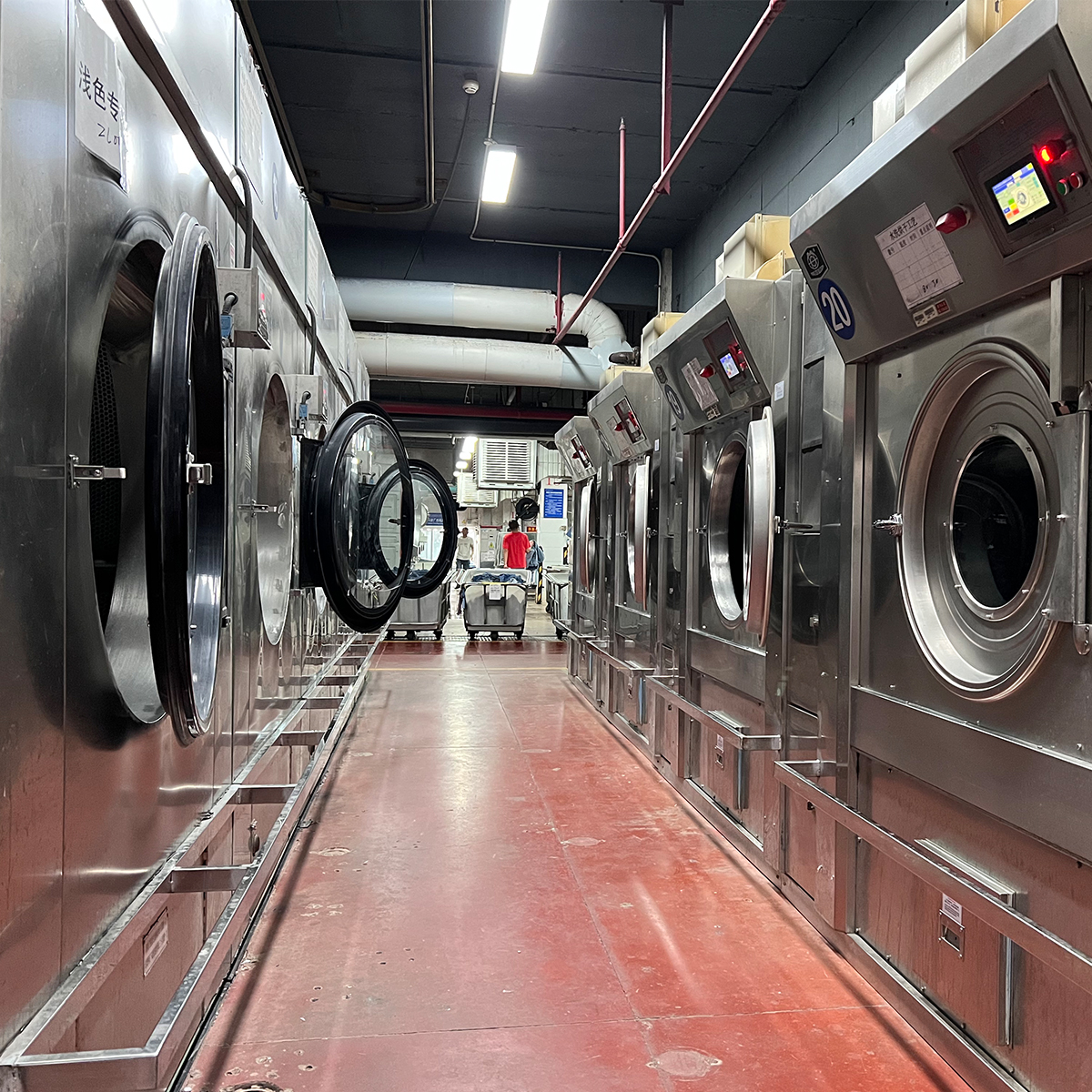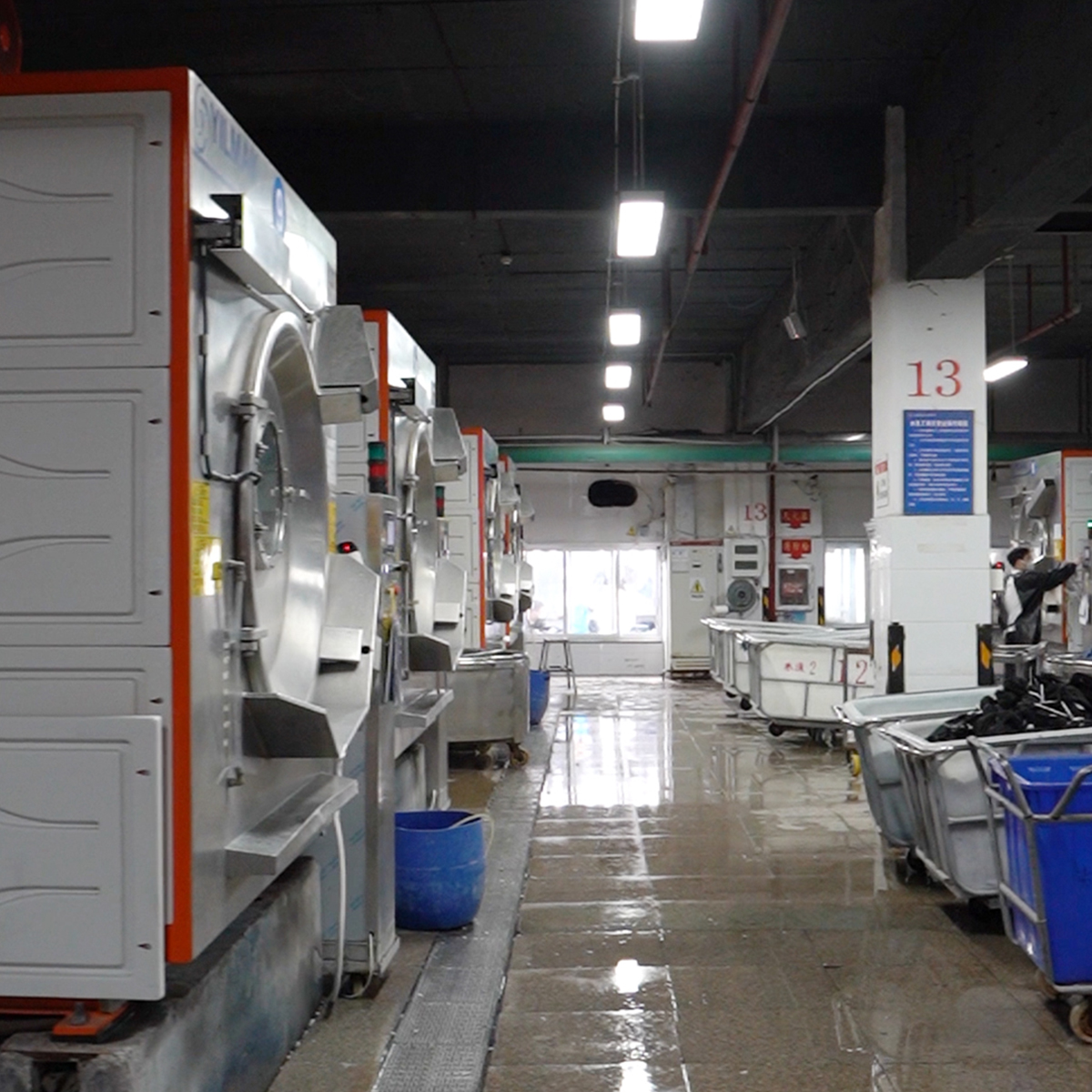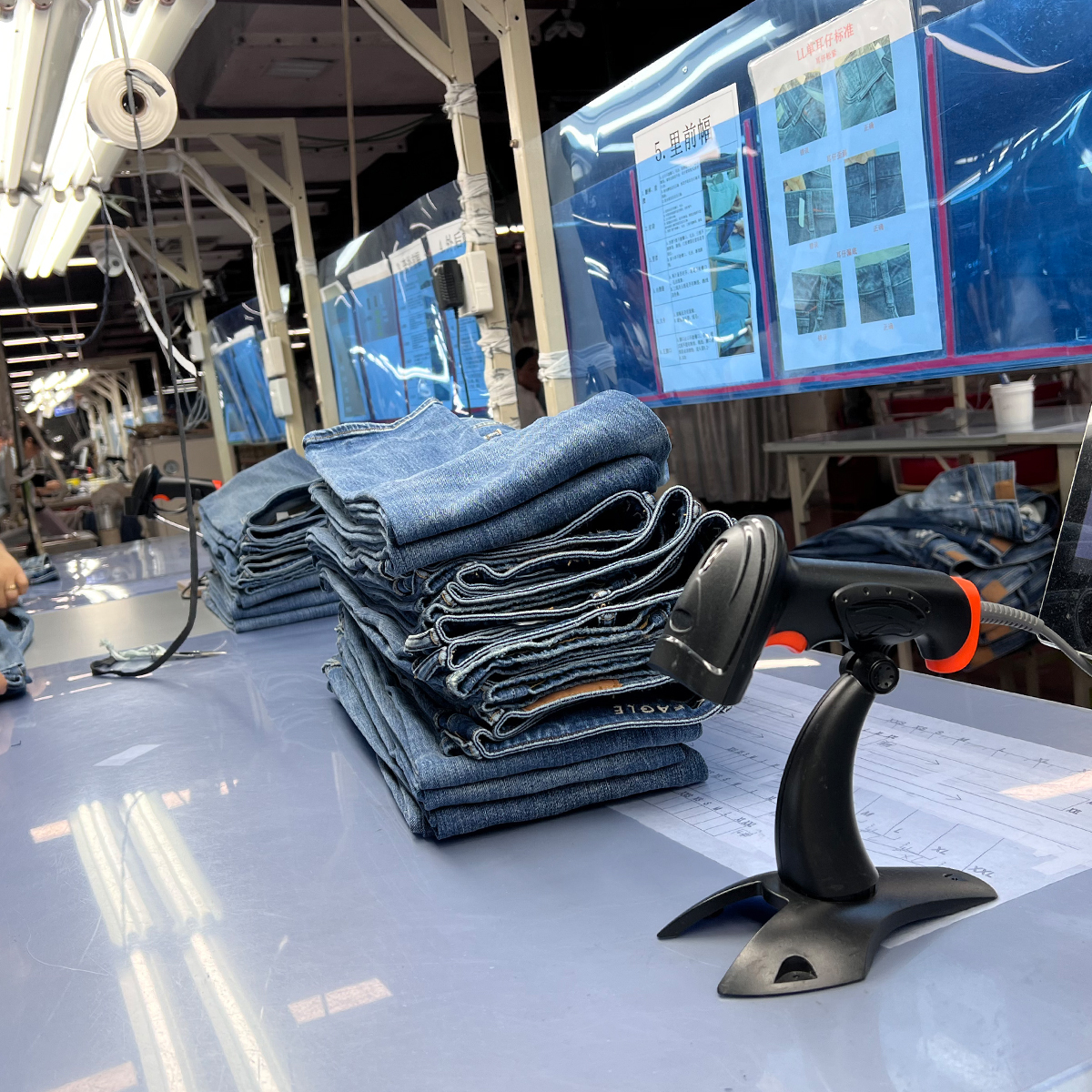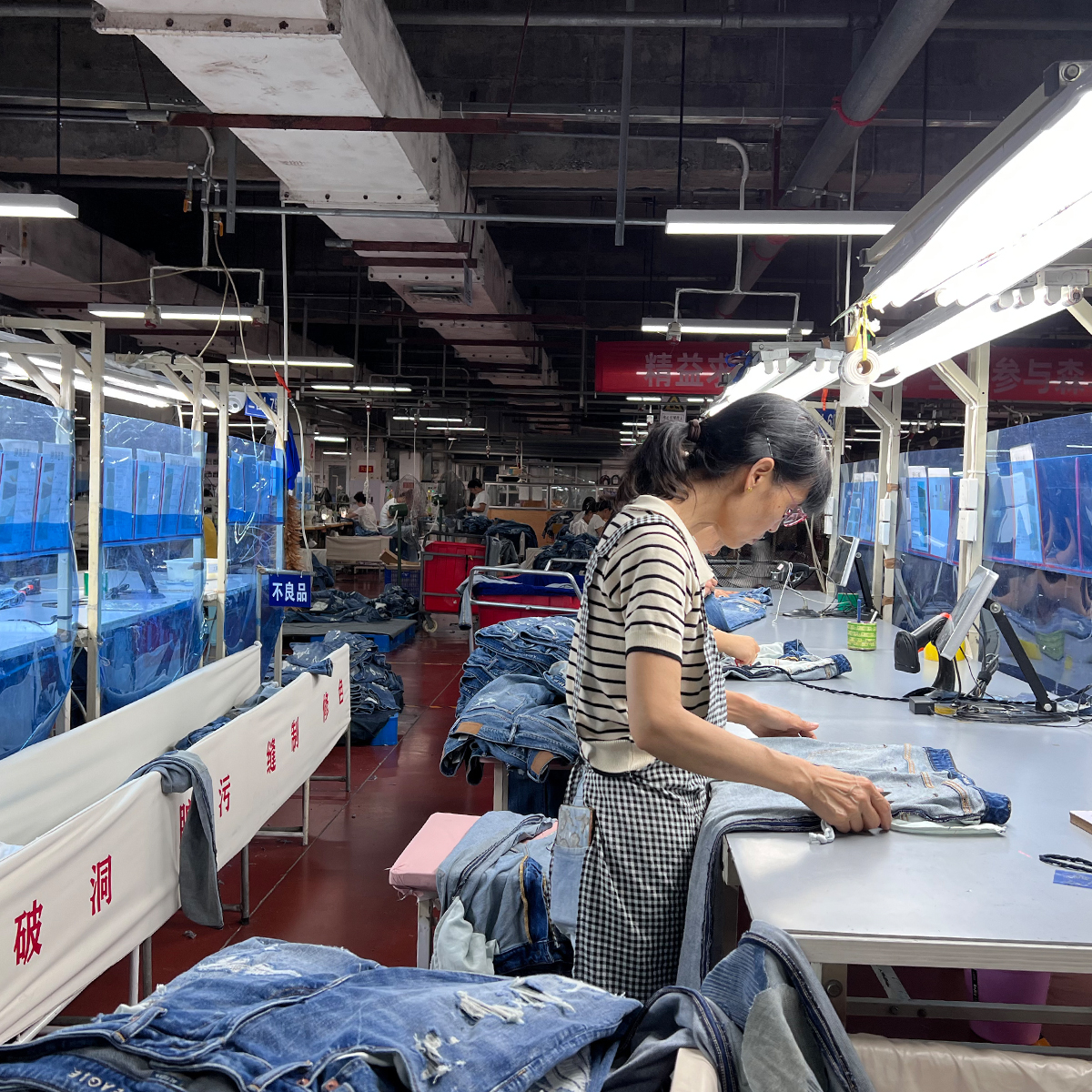As the global awareness of climate change and environmental issues continues to grow, athletes around the world are making conscious choices about the clothing they wear while pursuing their passion for running. The running apparel industry is evolving, with a significant shift towards sustainable practices in manufacturing. This transition not only caters to the demands of conscious consumers but also encourages innovation among manufacturers. In this article, we will explore the rise of sustainable running clothing and highlight some of the leading manufacturers who are making a difference.
Understanding Sustainable Running Apparel
Sustainable running clothing is produced using eco-friendly materials and ethical manufacturing processes. Commonly used sustainable materials include recycled polyester, organic cotton, and merino wool. These materials reduce environmental impact, conserve natural resources, and ensure fair labor practices. Consumers are increasingly seeking out brands that prioritize sustainability, not just for the quality of their products but also for their commitment to social responsibility.
The Benefits of Sustainable Running Clothing
- Environmental Impact: Sustainable clothing is made from materials that are biodegradable or recyclable, which minimizes waste.
- Performance: Many sustainable fabrics are designed to wick moisture and provide breathability, enhancing the performance of runners.
- Durability: High-quality sustainable apparel often boasts superior durability, translating to longevity and value for consumers.
- Support for Ethical Practices: Purchasing from sustainable brands supports ethical labor practices and fair trade.
Top Sustainable Running Clothing Manufacturers
With a growing number of manufacturers entering the sustainable apparel market, we’ve compiled a list of some of the most reputable brands leading the way in sustainable running clothing.
1. Patagonia
Patagonia is synonymous with environmentally conscious products. This outdoor apparel company uses recycled materials and adheres to rigorous standards of environmental sustainability. Their Capilene line offers moisture-wicking and breathable options for runners, making it a favorite among those who prioritize both performance and planet.
2. Brooks Running
Brooks has established a solid reputation in the running community for its quality footwear and clothing. Recently, they have made strides in sustainability by introducing their Brooks Running Gear line, which includes apparel made from recycled materials, dedicated to reducing plastic waste.
3. Nike
While Nike is a giant in the athletic apparel industry, they are increasingly committed to sustainable practices through their Nike Move to Zero initiative. This program focuses on achieving zero carbon and zero waste, with a line that features products made from at least 50% recycled materials.
4. Adidas
Adidas has partnered with Parley for the Oceans, creating a line of products made from recycled ocean plastic. Their Boost series not only offers advanced cushioning and energy return for runners but also emphasizes environmental responsibility.
5. New Balance
New Balance is on a mission to reduce their environmental impact, exemplified in their Green Leaf Standard, which requires products to meet specific sustainability criteria. Their running gear features moisture-wicking capabilities and incorporates sustainable fabrics to lessen their ecological footprint.
Innovations in Sustainable Fabrics
Manufacturers are not just relying on recycled materials; they are innovating with new fabrics that push the boundaries of performance and sustainability. Bamboo Fabric is gaining popularity for its moisture-wicking properties, natural antibacterial qualities, and rapid growth, making it a highly sustainable option. Additionally, hemp fabric is durable and requires minimal water to grow, appealing to eco-conscious consumers.
The Role of Technology in Sustainable Manufacturing
Guaranteed sustainability can be achieved through technological advancements. 3D printing is revolutionizing how running apparel is produced by reducing waste in the manufacturing process. Furthermore, advances in fabric technology allow for the creation of garments that are not only eco-friendly but also high-performing, ensuring that athletes do not have to compromise on quality.
Consumer Awareness and Trends
Today’s consumers are more informed than ever about the impact of their buying decisions. Social media campaigns and global movements encourage athletes to share their experiences with sustainable products. This shift has helped in shaping a culture of awareness and responsibility in the running community. Athletes are actively seeking brands that align with their values, often sharing their sustainable practices with their networks.
Challenges Ahead
Despite the positive momentum, the journey toward sustainability in the running apparel industry faces challenges. The costs associated with sustainable materials and ethical labor can be higher, making it difficult for smaller brands to compete with larger corporations. Moreover, the environmental impact of shipping and logistics still needs addressing. Nonetheless, as more consumers demand sustainability, the hope is for increased innovation and investment in eco-friendly practices.
The Future of Sustainable Running Clothing
The future looks promising for sustainable running clothing as more manufacturers recognize the importance of eco-friendly practices. The demand for ethically produced products will likely drive further innovations, leading to a sector that not only meets the needs of athletes but also prioritizes the health of our planet.
As runners, we have the power to influence change by choosing brands that uphold sustainability in their manufacturing processes. Our clothing choices can help pave the way towards a greener future for our beloved sport. With more companies joining the movement, the landscape of running apparel is set to transform radically, ensuring that our athletic pursuits are as good for the earth as they are for our fitness.



